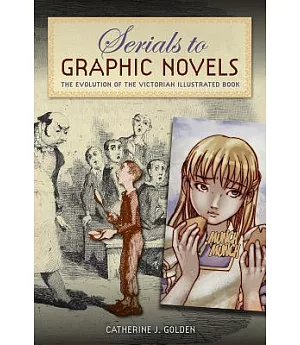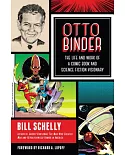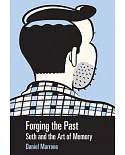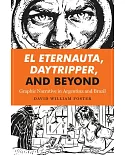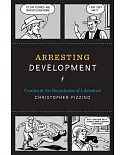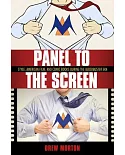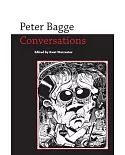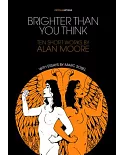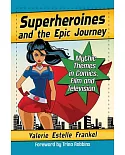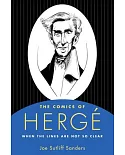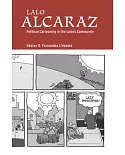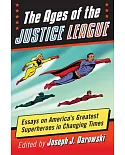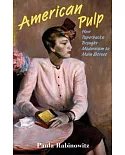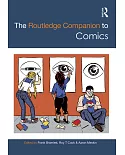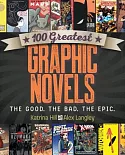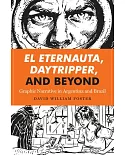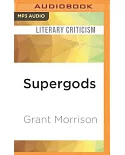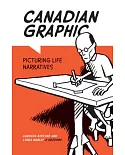“A valuable and comprehensive survey of an enormous subject.”—Paul Goldman, author of Reading Victorian Illustration, 1855-1875: Spoils of the Lumber Room
“A marvelous overview of how and why illustrations became an integral part of Victorian fiction. Golden documents a remarkable continuity from early nineteenth-century caricatures to
realistic portrait-based illustrations to current graphic rewritings of familiar classics.”—Martha Vicinus, author of Intimate Friends: Women Who Loved Women, 1778-1928
“A capacious and synthetic work that draws on a wide variety of scholarship, a very impressive command of the history of book illustration, a huge array of visual and verbal texts, and (most
important) a commitment to the genre as a genre in the history of literary and artistic form.”—Peter Betjemann, author of Talking Shop: The Language of Craft in an Age of
Consumption
The Victorian illustrated book came into being, flourished, and evolved during the nineteenth century. Catherine Golden offers a new framework for viewing the arc of this vibrant form and
surveys the fluidity in styles of illustration in serial instalments, British and American periodicals, adult and children’s literature, and—more recently—graphic novels.
Golden examines widely-recognized illustrated texts, such as The Pickwick Papers, Oliver Twist, Alice in Wonderland, and Peter Rabbit and finds new expressions of this
traditional genre in present-day graphic novel adaptations of the works of Austen, Dickens, and Trollope, as well as Neo-Victorian graphic novels like The League of Extraordinary
Gentlemen. She explores the various factors that contributed to the early popularity of the illustrated book—the growth of commodity culture, a rise in literacy, new printing
technologies—and how these ultimately created a mass market for new fiction.
While existing scholarship on Victorian illustrators largely centers on the Household Edition of Dickens or the realist artists of the “Sixties,” notably Fred Barnard and John Tenniel, this
volume examines the lifetime of the Victorian illustrated book. It also discusses how a particular canon has been refashioned and repurposed for new generations of readers.

